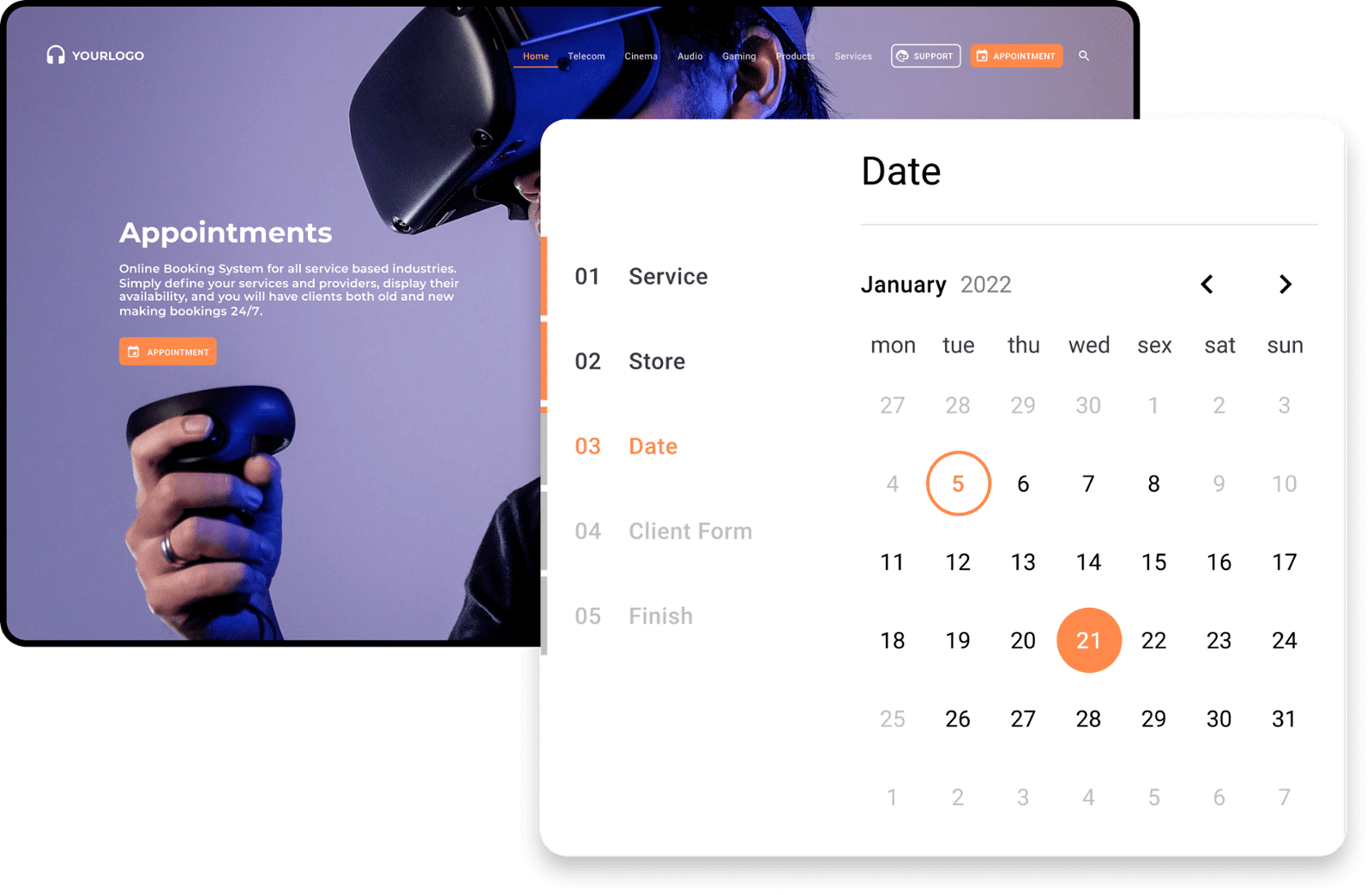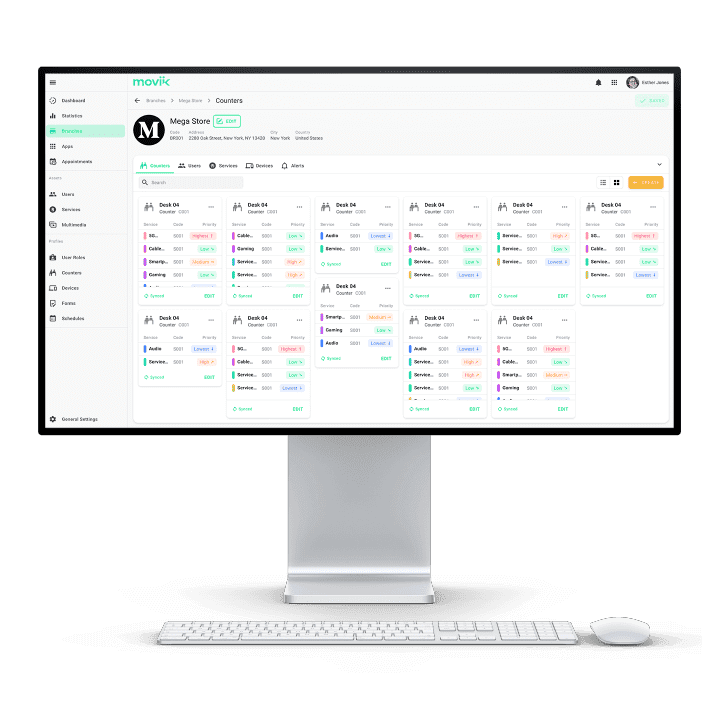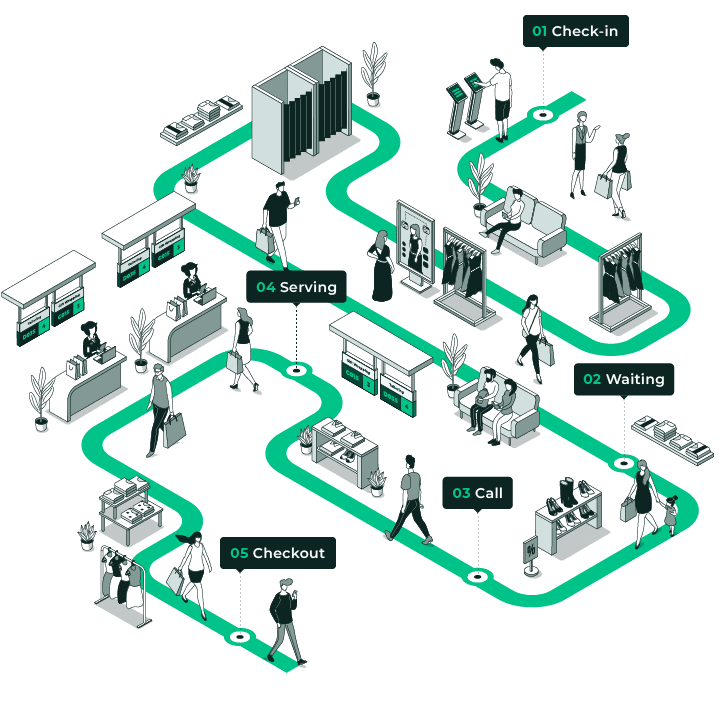This powerful combination ensures a smooth, predictable customer journey, optimizes resource allocation, and significantly boosts operational efficiency. It's about more than just managing lines; it's about orchestrating a harmonious flow that respects your customers' time and your team's productivity.
To achieve this synergy, consider these best practices:
1. Choose a truly integrated platform, not just linked solutions
1. Choose a truly integrated platform, not just linked solutions
The foundation of successful integration is a single, unified platform that natively combines appointment scheduling with queue management. Avoid piecing together disparate systems that may have limited communication.
Unified Customer Experience:Customers should be able to book an appointment online and, as their appointment time approaches, seamlessly transition into a digital queue. They should receive real-time updates on their status without needing to interact with multiple systems.
Centralized Data:A single platform ensures all customer data, appointment details, and queueing information reside in one place. This provides a holistic view for staff, allowing for personalized service and efficient problem-solving.
Reduced Manual Intervention:An integrated system automates the transition from appointment booking to queue entry, minimizing manual errors and administrative burdens. This frees up staff to focus on serving customers rather than managing logistics.
Analytics & Reporting:A unified platform can provide comprehensive insights into both appointment adherence and walk-in queue dynamics, helping you identify bottlenecks and optimize service delivery.
2. Embrace flexibility in managing appointments and walk-ins
2. Embrace flexibility in managing appointments and walk-ins
While appointments are crucial for predictability, real-world operations demand flexibility. Your integrated system must empower both customers and service teams to adapt to changing circumstances.
Customer Self-Service:Provide easy-to-use interfaces for customers to schedule, reschedule, or cancel appointments online. This empowers them and reduces the burden on your administrative staff.
Dynamic Queue Adjustment:Enable your service teams to intelligently manage the balance between scheduled appointments and unexpected walk-ins. The system should allow staff to dynamically adjust queue priorities or open new service points based on real-time demand, ensuring no customer is left waiting unnecessarily long.
Buffer Times:Incorporate realistic buffer times between appointments to account for potential delays, ensure service quality, and prevent appointment backlogs from spilling over into walk-in queues.
No-Show Management:Implement features that automatically free up time slots when an appointment is missed, allowing them to be filled by walk-ins or other scheduled customers.
3. Implement comprehensive notifications and reminders
3. Implement comprehensive notifications and reminders
Proactive communication is key to reducing no-shows, managing customer expectations, and enhancing satisfaction. An integrated system should leverage automated notifications at every stage.
Appointment Confirmations:Immediately send a confirmation after a booking via SMS, email, or app notification, including all relevant details.
Timely Reminders:Send automated reminders (e.g., 24 hours, 1 hour before) to reduce no-shows and ensure customers arrive on time.
Real-time Queue Updates:As a customer's turn approaches (whether an appointment or walk-in), send updates on their position in the queue, estimated wait time, and when they are ready to be served.
Service Completion & Feedback:After service, send a notification to mark the completion and, optionally, a link for customer feedback, closing the loop on the customer journey.
Customizable Messaging:Tailor the content and frequency of notifications based on service type, customer preferences, or specific operational needs.
These notifications transform the waiting experience from uncertain to informed, significantly improving perceived wait times and overall satisfaction.
4. Ensure real-time synchronization of queue status and availability
4. Ensure real-time synchronization of queue status and availability
For a truly seamless experience, the status of both appointments and walk-ins must be synchronized in real-time across the entire system. This means that if a service agent is busy with a walk-in, the appointment schedule reflects that unavailability, and vice versa.
Dynamic Availability:The system should automatically update service point availability based on current queue lengths, staff status, and ongoing appointments. This prevents overbooking and provides accurate wait times to customers.
Automated Check-ins:Allow customers with appointments to check in via a kiosk or their mobile device, automatically moving them into the appropriate service queue, even if they arrive slightly early.
Live Dashboards:Provide staff with real-time dashboards showing both active appointments and walk-in queues, allowing them to anticipate demand and manage flow proactively.
Predictive Analytics:Advanced systems can use real-time data to predict upcoming demand spikes or lulls, allowing for more strategic staffing and resource deployment.
Real-time synchronization creates a fluid, predictable flow, preventing bottlenecks and ensuring that customers are served promptly based on their scheduled time or queue position.
5. Prioritize a clear and simple Customer Journey
5. Prioritize a clear and simple Customer Journey
No matter how sophisticated the technology, the customer's experience should always be intuitive and effortless. The integrated system must simplify every step from booking to service completion.
User-Friendly Interfaces:Ensure online booking portals and digital ticketing interfaces are clean, easy to navigate, and mobile-responsive.
Clear Instructions:Provide concise and clear instructions at every touchpoint, from how to book an appointment to how to check into a queue upon arrival.
Minimal Steps:Streamline the process to require as few steps as possible for the customer, reducing friction and potential frustration.
Consistent Branding:Maintain consistent branding and messaging across all digital and physical touchpoints of the queue and appointment journey.
Accessible Support:Ensure customers can easily access support if they encounter any issues with the booking or queuing process.
A clear, simple process reduces anxiety, builds trust, and reinforces a positive perception of your brand.
Elevate your service with Moviik's integrated solutions
Elevate your service with Moviik's integrated solutions
Integrating appointment scheduling with a robust queue management system is not just a trend; it's a fundamental shift towards more efficient business operations, reduced waiting times, and a superior customer experience. It prevents overcrowding, creates a structured customer flow, and ultimately leads to happier customers and more productive staff.
At Moviik, we understand these complexities. Our solutions are designed to seamlessly blend appointment scheduling with intelligent queue management, empowering businesses like yours to deliver a smooth, predictable, and delightful journey for every customer.







